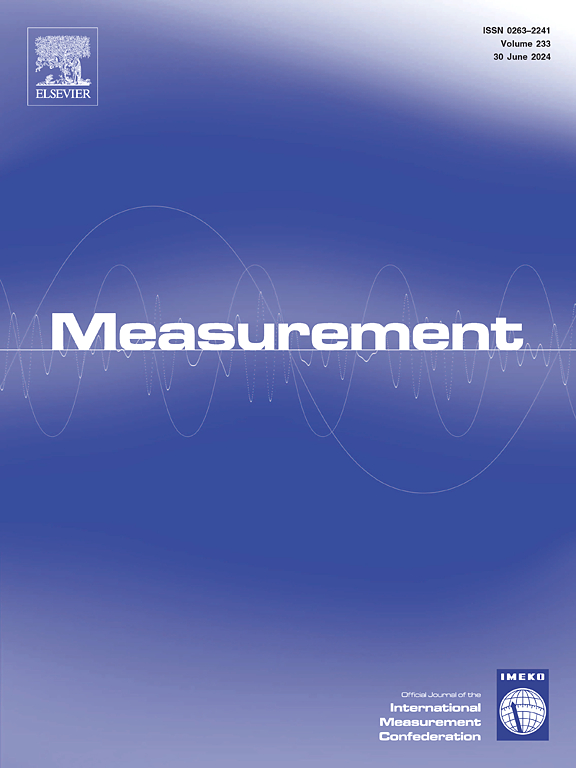A state-of-the-art-review of underground concrete sewage pipelines detection technologies
IF 5.6
2区 工程技术
Q1 ENGINEERING, MULTIDISCIPLINARY
引用次数: 0
Abstract
Concrete sewage pipelines constitute a critical component of urban underground lifeline systems within cities. However, due to congenital deficiencies (poor pipe quality, inadequate planning, and design, rough construction on site, etc.) and acquired loss of maintenance (multi-load and multi-defect coupling, complex geological and hydrological conditions, and outdated management approaches, etc.), the concrete sewage pipelines in early service suffer from serious aging and deterioration. Regular detection of these pipelines is crucial to timely assess their condition, which serves as a fundamental decision-making tool for utility management to identify maintenance opportunities and develop plans. This paper provides a comprehensive review of state-of-the-art review non-destructive detection techniques for concrete sewage pipelines, including quick view (QV), closed-circuit television (CCTV), sonar, ground penetrating radar (GPR), and panoramic laser. The principles, technical characteristics, advantages, drawbacks, evaluation methods, and application scenarios of each detection method are summarized and compared to provide reliable information for the selection of detection methods. In addition, some uncommon detection techniques, including focus electrode leakage detection technology, multi-sensor technology, infrared temperature recorder method, micro-deformation method, impact echo method, infrared thermal imaging technology, spontaneous polarization method, and pipeline scanning and evaluation technology (SSET) are also introduced. Finally, the technical standards for sewage concrete pipeline detection are combed, and the gaps and challenges in sewage concrete pipeline non-destructive testing are summarized.
对地下混凝土污水管道探测技术的最新审查
混凝土污水管道是城市地下生命线系统的重要组成部分。然而,由于先天不足(管材质量差、规划设计不完善、现场施工粗糙等)和后天失养(多荷载多缺陷耦合、地质水文条件复杂、管理手段落后等),早期使用的混凝土污水管道出现了严重的老化和破损。对这些管道进行定期检测对及时评估其状况至关重要,是公用事业管理部门识别维护机会和制定计划的基本决策工具。本文全面综述了最新的混凝土污水管道无损检测技术,包括快速观察 (QV)、闭路电视 (CCTV)、声纳、地面穿透雷达 (GPR) 和全景激光。对每种检测方法的原理、技术特点、优点、缺点、评估方法和应用场景进行了总结和比较,为检测方法的选择提供了可靠的信息。此外,还介绍了一些不常用的检测技术,包括聚焦电极渗漏检测技术、多传感器技术、红外温度记录仪法、微变形法、冲击回波法、红外热成像技术、自发极化法和管道扫描评估技术(SSET)。最后,梳理了污水混凝土管道检测的技术标准,总结了污水混凝土管道无损检测方面的差距和挑战。
本文章由计算机程序翻译,如有差异,请以英文原文为准。
求助全文
约1分钟内获得全文
求助全文
来源期刊

Measurement
工程技术-工程:综合
CiteScore
10.20
自引率
12.50%
发文量
1589
审稿时长
12.1 months
期刊介绍:
Contributions are invited on novel achievements in all fields of measurement and instrumentation science and technology. Authors are encouraged to submit novel material, whose ultimate goal is an advancement in the state of the art of: measurement and metrology fundamentals, sensors, measurement instruments, measurement and estimation techniques, measurement data processing and fusion algorithms, evaluation procedures and methodologies for plants and industrial processes, performance analysis of systems, processes and algorithms, mathematical models for measurement-oriented purposes, distributed measurement systems in a connected world.
 求助内容:
求助内容: 应助结果提醒方式:
应助结果提醒方式:


